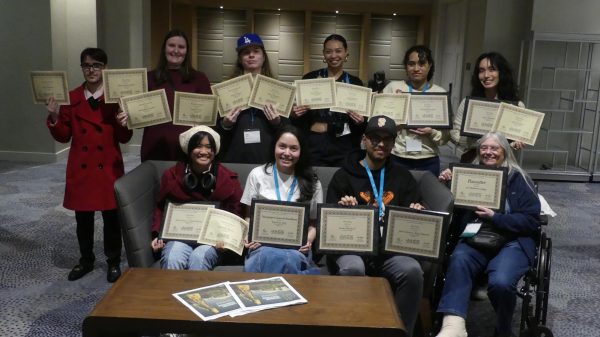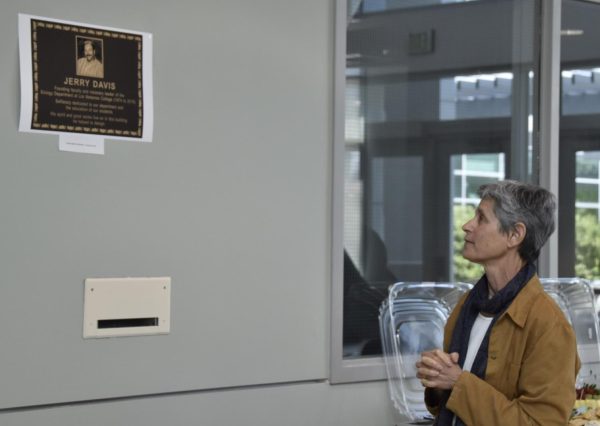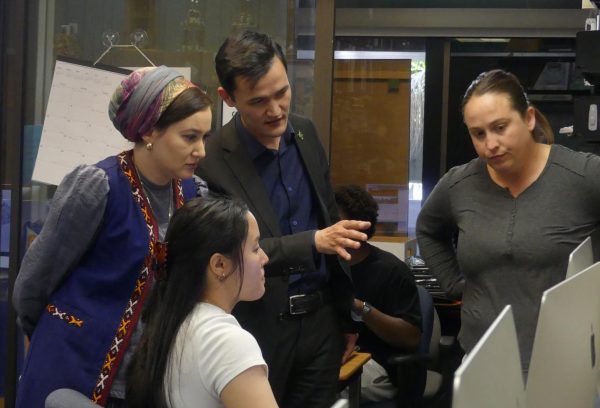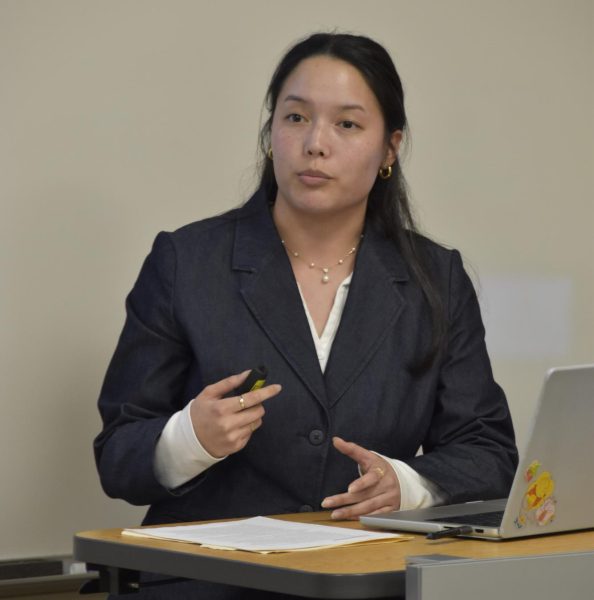LMC expands its STEM program
LMC held a “Spotlight on Success” meeting Monday, Nov. 23 in Library Room L-109 regarding the college’s expanding STEM (Science, Technology, Engineering and Mechanics) program.
LMC President Bob Kratochvil warmed up the modest crowd of roughly 20 people by having them share their Thanksgiving plans before introducing STEM Grant Director and biology instructor Danielle Liubicich who praised the Brentwood Center’s lab.
“The Brentwood lab is up and running — I’d like to say it’s booming — if you’re a BIOSCI major, you can take your physics, you can take your math, you can take your bio all at Brentwood,” she said.
A total of “1,814 LMC students were enrolled in STEM and/or STEM prep courses in the Fall 2015 semester,” said Liubicich. “Sixty-percent of last spring’s UC transfer applicants declared as calculus-based STEM majors.”
Liubicich also spoke about the benefits of the STEM conferences students attend, the most recent being at Portland City College last spring.
“The aim is not to reinvent the wheel, but to get some of those ideas together, come home and figure out how to make some of those things work at LMC,” she said, adding, “everything they talk about, and the things we’re trying to do is to get students to act as the scientists. We’re trying to train them to be scientists, so we want them to be scientists in the classroom.”
Liubicich presented last summer’s bio session as an example, where students were able to do their own experiments.
Students looked at the effects of endocrine disruptors on developing organisms, in this case, freshwater sponges.
The chemical Bisphenol A (BPA), which has gained notoriety in the last couple years, is a chemical that is an endocrine disruptor that was commonly found in water bottles. Liubucuch stated that companies have substituted Bisphenol B (BPS) for BPA recently.
“There’s a lot of studies done on BPA, because that was all the rage for awhile,” said Liubicich, “But there’s not much done on BPS. It’s pretty cool to do something that actually has pretty big real-world applications.”
Students applied the chemical to the freshwater sponges and took progress photos of the organisms. The control sponges blossomed, ornate appendages growing out from their circular bodies.
The sponges with endocrine disruptors, however, either didn’t sprout appendages or sprouted one or two feeble looking parts.
“Within a summer, they produced results no one else had,” she said, “and that’s really exciting.”

I graduated from Rio Vista High School in 2010 and goofed around for a couple years before registering at LMC in spring of 2013. I continued goofing around...
I'm very excited to be working on the staff of the Experience. I continue to enjoy my position as a Sports Photographer and Staff Writer...










